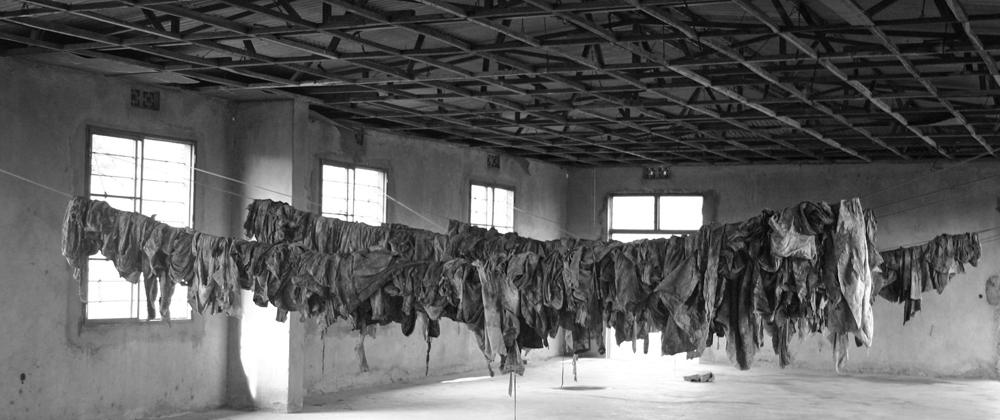The Murambi Genocide Memorial is the final resting place for over 50,000 victims of the 1994 Genocide against the Tutsi. Only 34 people from this site survived the Genocide. It’s one of Rwanda’s eight national memorials and a UNESCO World Heritage Site.
21 April 1995
50,000 Victims
21 April
The Bisesero Genocide Memorial officially opened on 7 April 1997. It is one of Rwanda’s six national memori
The Murambi Genocide Memorial was created on 21 April 1995. It’s one of Rwanda’s six national memorials and a UNESCO World Heritage Site. During the Genocide, the Tutsi sought sanctuary at Murambi, where a technical school was being constructed. Today, Murambi is the final resting place for over 50,000 victims killed at the technical school and in the surrounding area. Only 34 people who sought refuge at this site are believed to have survived the genocide.
In September 1995, the bodies of genocide victims were exhumed; in one grave, bodies had been packed so closely together that very little oxygen had penetrated the grave, leaving most of the bodies barely decomposed. After exhumation, these bodies were preserved in lime and placed on display in the classrooms at the Murambi Genocide Memorial.
als and a UNESCO World Heritage Site. The Bisesero Genocide Memorial honors the bravery of ‘Abasesero’ Tutsi, who mounted a sustained resistance for over two months against the genocide perpetrators before being exterminated.
The Bisesero Genocide Memorial is the final resting place for over 60,000 victims of the 1994 genocide against the Tutsi. The reason for this large number is that many Tutsis from other hills in Kibuye started coming to Bisesero once they heard about the resistance efforts.

Genocide in Gikongoro erupted immediately after Habyarimana’s death on 6 April 1994. Trained Interahamwe militias massacred Tutsi, looted homes, and even lured refugees who survived attacks in neighbouring towns to their deaths.
For two weeks, Gikongoro leaders who had planned the Genocide in advance tricked 50,000 Tutsi into gathering at the school by promising safety. They then cut off food and water before massacring them. Hutu refugees were spared and taken elsewhere.

In Gikongoro, the Genocide began after the meeting between the Interim President of Rwanda during the genocide, Gikongoro’s administrative leaders, and military officers on 18 April 1994.
Tutsis initially fought back against attackers but were overwhelmed.
Tutsi initially fought back with stones and bricks, repelling the first attacks. Overwhelmed by attackers, the weakened Tutsi refugees in Murambi were massacred on 21 April 1994. Militia, police, and locals surrounded the school, leaving no escape
Trapped on a hilltop with nowhere to hide, Murambi school became a killing ground. Tutsi refugees were slaughtered inside and outside, with survivors seeking refuge in a nearby church, Cyanika Parish; the church was also later attacked.
The next day, on 22 April 1994 Interahamwe and French soldiers used bulldozers to dig mass graves, dumped bodies in, and even built a volleyball court to hide them. The French military then made the massacre site the headquarters of Operation Turquoise.
The genocide against the Tutsi begins. Several opposition politicians and Hutu officials opposed to the Genocide are assassinated.
The genocide against the Tutsi begins. Several opposition politicians and Hutu officials opposed to the Genocide are assassinated.
A life Story to tell.
Inkuru ya Noel..
The Genocide Perpetrated Against TUTSI (1994 – 2009) Challenges and Prospects